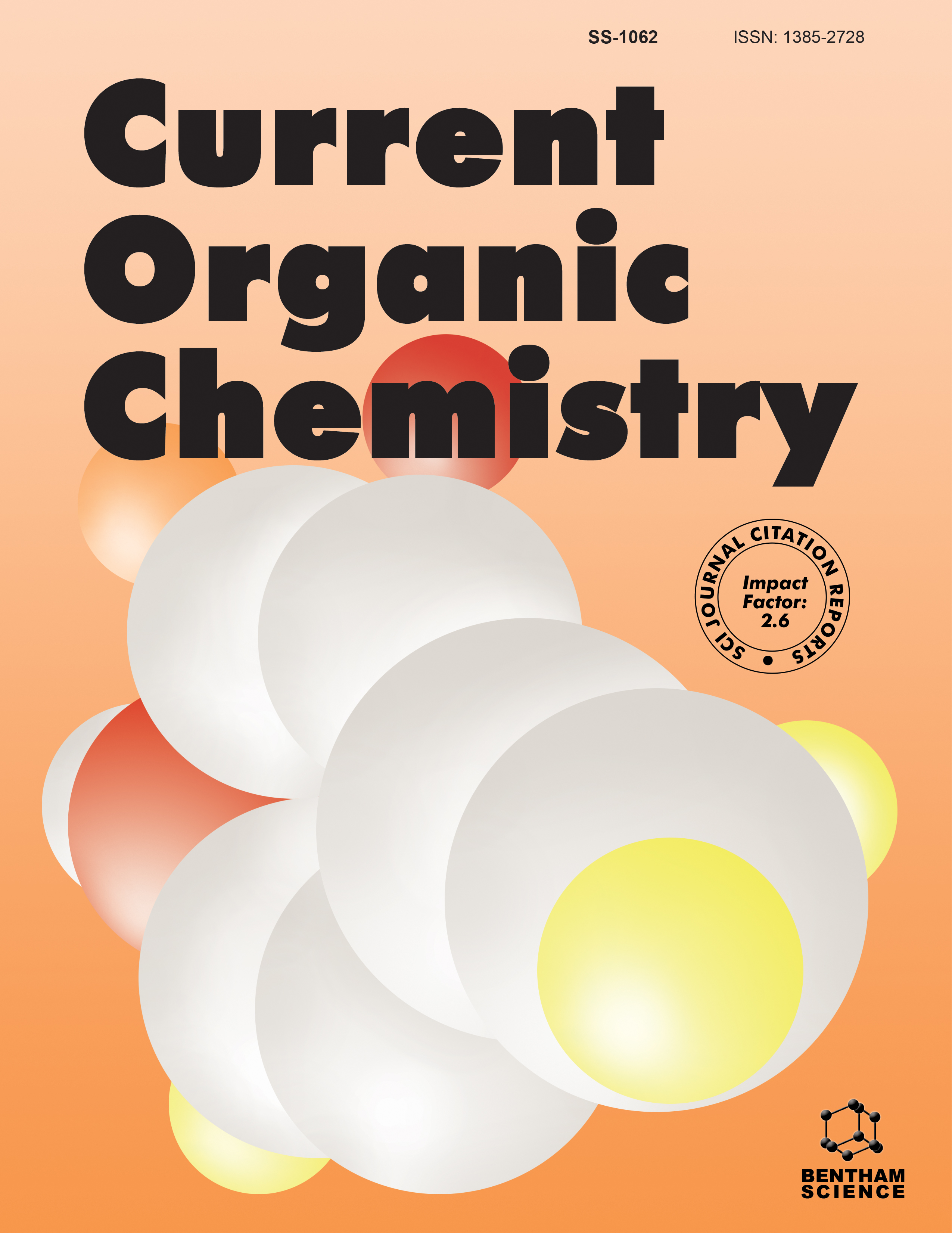-
oa Editorial [ Hot Topic:New Trends in Palladium Chemistry: Synthesis, Structure, Reactivity and Applications (Guest Editor: Dr. Esteban P. Urriolabeitia)]
- Source: Current Organic Chemistry, Volume 15, Issue 18, Sep 2011, p. 3126 - 3126
-
- 01 Sep 2011
- Previous Article
- Table of Contents
- Next Article
Abstract
The importance of the palladium in many fields of the chemistry is undeniable: development of catalysts for new efficient processes, synthesis of new promising materials for hydrogen storage, application of metal complexes for organic syntheses, improvement of electronic and optical devices based on liquid crystals, research on new anticancer drugs, new outstanding structures defying the bonding interpretation, among others. All these subjects constitute the central body of a huge number of contributions centered on the palladium chemistry. More precisely, it has been during the last five years that we have witnessed to an impressive development of all fields mentioned: the rate of publication and the wide scope of subjects covered suggested that this is now, probably, the moment to make an up-to-date on the palladium chemistry. This is the main purpose of this special volume. Fourteen authors, specialists in different fields of the chemistry, have contributed to this volume, each one with a different topic (some of them related), and each one with a different perspective. One of the fields best covered is the use of Pd in different catalytic processes. The field of the synthesis and applications in catalysis of the palladium nanoparticles if the subject of the comprehensive contribution of Prof. Gómez. The ligands have an outstanding role in the Pd-catalyzed processes. Therefore, Prof. Fairlamb has devoted one chapter to the use of π-acidic molecules, while Prof. Hierso's chapter deals with the use of polyphosphines. The latter has an added-value, as is the characterization of “through-space” couplings between phosphorus nuclei. The use of elusives and extremely reactives arynes as starting materials is analyzed in-depth in the contribution of Prof. Larock. The useful arylation of carbonyls is reviewed by Prof. Martin, and the synthesis of the industrially relevant polythiophenes (showing a wide range of applications) is revised by Prof. Navarro. Among some of the most relevant ligands, the N-heterocyclic carbenes (NHCs) hold a prominent place, and three different perspectives are presented here. The synthesis of hemilabile NHCs is reviewed by Prof. Chen, and some of the most recent applications of these ligands are collected and presented here by Prof. Poyatos. On the other hand, abnormal NHCs, which represent an exciting class of ligands, are covered by Prof. Albrecht. The field of the C-H bond activation and its application to the metal-mediated organic synthesis has been the most extensively developed topic. Therefore, the formation of new C-C bonds through oxidative coupling has been the subject of the contribution of Prof. Jiao, while the article of Prof. Hii deals with the formation of new C-Heteroatom bonds. Prof. Szabo has devoted his contribution to the synthesis of pincer complexes and their application in the functionalization processes, while Prof. Dunina has reported a very personal account of the synthesis of chiral cyclopalladated derivatives, and our own contribution closes this volume reviewing the most interesting aspects of the orthopalladation as a synthetic tool....


